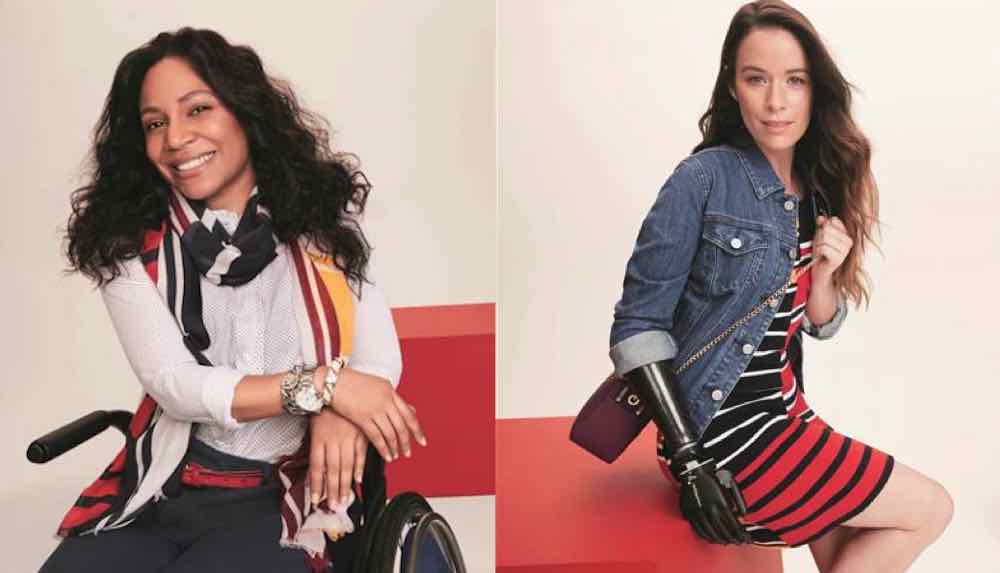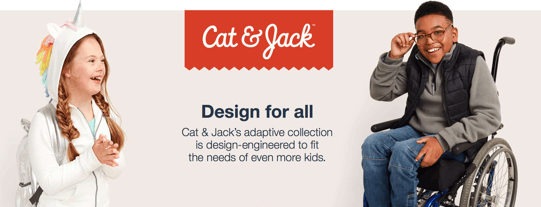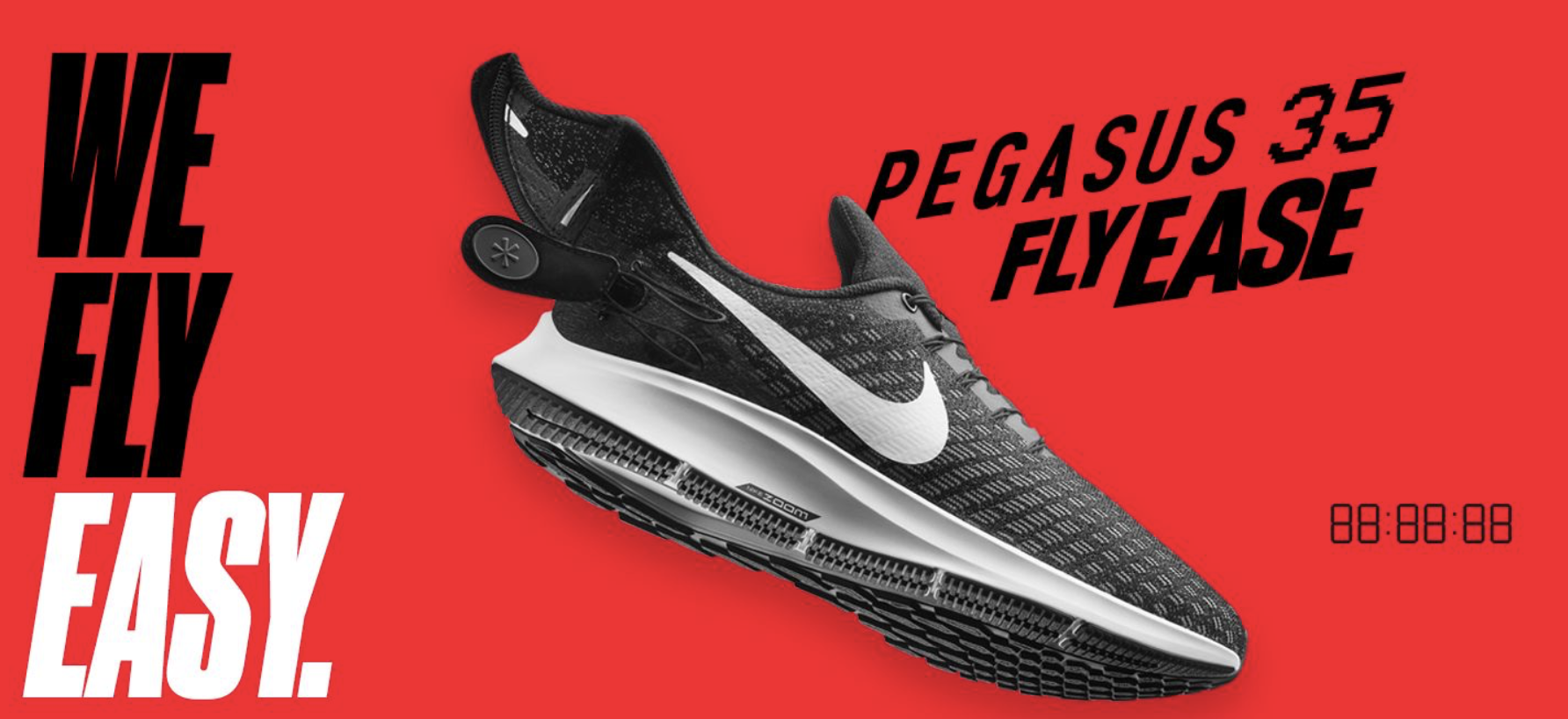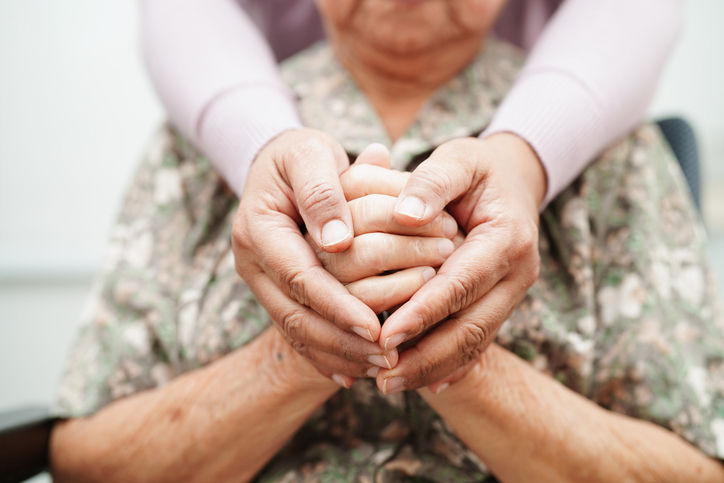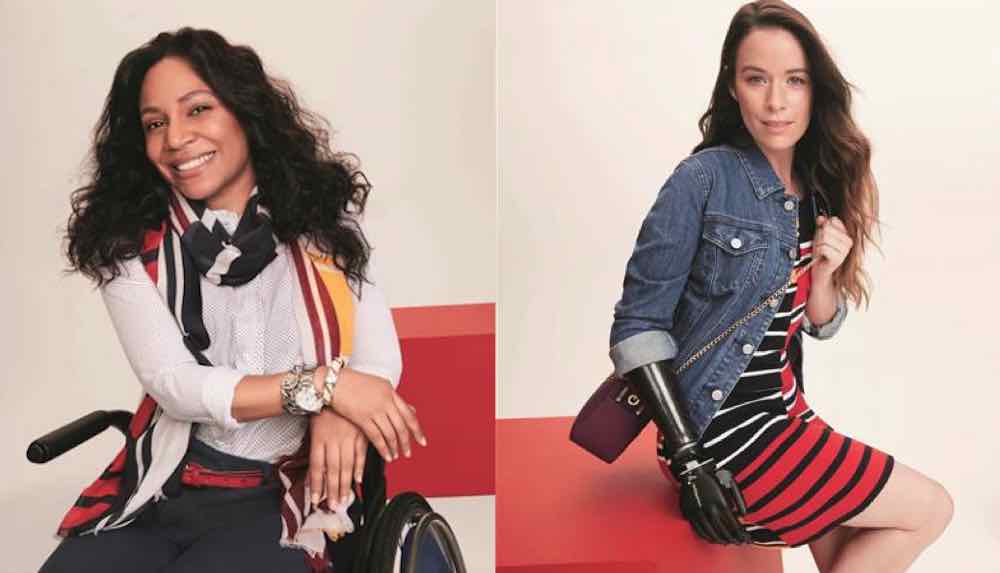 A report by the U.S. Census Bureau shows nearly 1 in 5 people live with a disability. A common challenge many people with a disability face is getting dressed and undressed by themselves. Adaptive clothing can be a great help.
A report by the U.S. Census Bureau shows nearly 1 in 5 people live with a disability. A common challenge many people with a disability face is getting dressed and undressed by themselves. Adaptive clothing can be a great help.
According to caringvillage.com, adaptive clothing is designed with the dressing needs of the elderly and disabled in mind. Typically, the adapted features include:
- Velcro-type closures instead of buttons
- Open-back blouses, shirts, and dresses with Velcro-type closures that still retain the traditional button styling on the front
- Lap-over back-style garments with snaps for the individual who cannot raise their arms
- Zippers with easy-to-grasp pull tabs
- Pants with side zippers
- Seatless pants to help with incontinence
- Shoes with Velcro-type closures instead of shoelaces
- Slippers that adjust in width to accommodate swollen feet and ankles
A CBS news article discusses other innovative design elements that include adjustable hems on shirt sleeves and pant legs for individuals with limb differences.
A Coherent Market Insights study predicts the global market for adaptive clothing will approach $393 billion by 2026.
Popular brands like Tommy Hilfiger, Target, Nike and Zappos have launched clothing and shoe lines for these consumers.
Target Children's Adaptive Line


